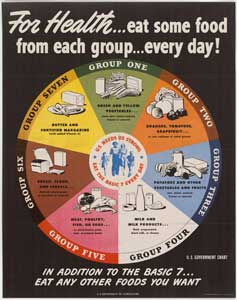It’s Friday! Before you take off for the weekend, take some time to read this week’s best health and fitness headlines. This week’s dose of healthy news consists of a women-only run that gets pretty muddy, increasing your chances of pregnancy with a fertility-focused diet, and recipes for a solid weekend dinner.
Petition the FDA to Add Sugar in Teaspoons to Nutrition Labels
When buying processed food, reading the nutritional label is important for your health. Processed foods’ nutritional labels use the metric system, but most Americans do not understand it. Learn how some people are trying to change the nutritional label information from grams to teaspoons to make it easier to understand how much sugar you’re consuming. 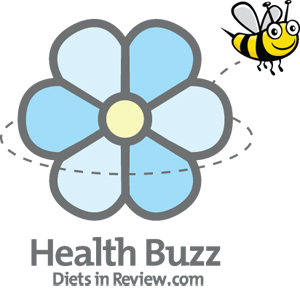
Get Down and Dirty at Pretty Muddy, a Women-Only Obstacle Mud Run
You can get colorful with the Color Run or glow during the Glow Run, but have you thought about running Pretty Muddy? It’s a women-only 5K where you get down and dirty while running through a muddy obstacle course. Sign-up fast, the first run is in Chicago on September 15!
State of School Lunches: How MyPlate Will Start Making a Difference This Year
The food pyramid was replaced by MyPlate over a year ago. MyPlate is a visual representation of what your plate should look like, and now school lunches have to meet these guidelines, too. Check a school cafeteria this fall.
News from our friends
5 Hot Workouts on the Horizon You Have to Try – FitBottomedGirls.com
Men: Improve Your Sex Life by Losing 2.5 Inches Off Your Waist – HealthBubble.com
The Fertility Diet – Yahoo! Shine
Recipes we love
BBQ Chicken Tacos with Avocado Coleslaw
Summery Black Bean Salad
Raspberry and Serrano Sangria – TreeHugger.com
Don’t wait until the end of the week to hear from us! Follow us on Twitter and Pinterest, or Like us on Facebook!

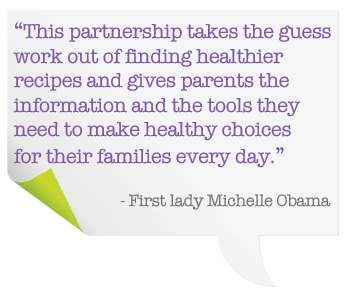


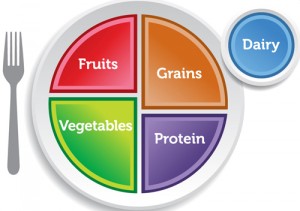 This year, the
This year, the 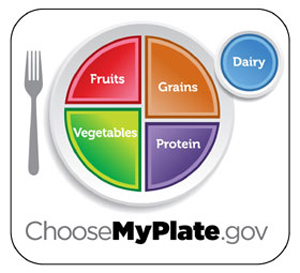
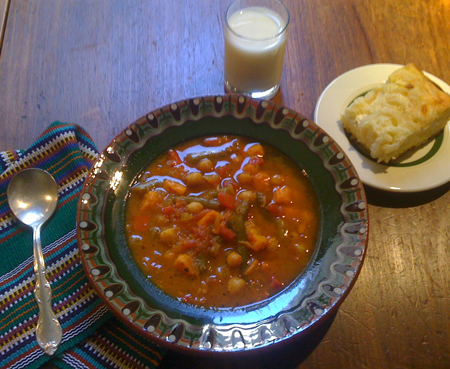
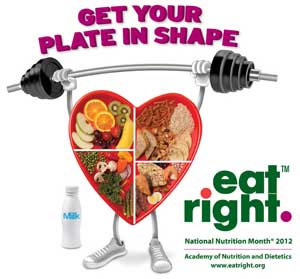

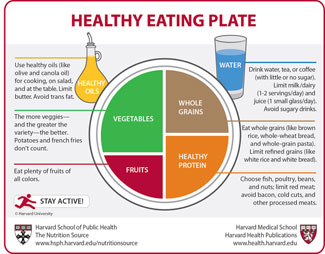
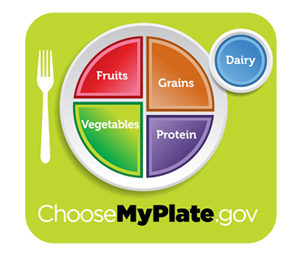
 The fall of 2025 will begin the first school year since
The fall of 2025 will begin the first school year since 